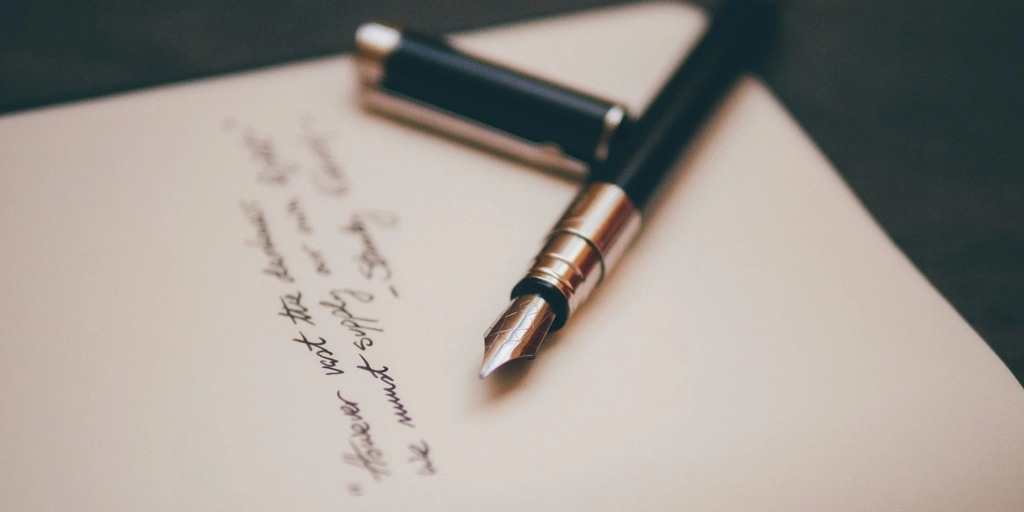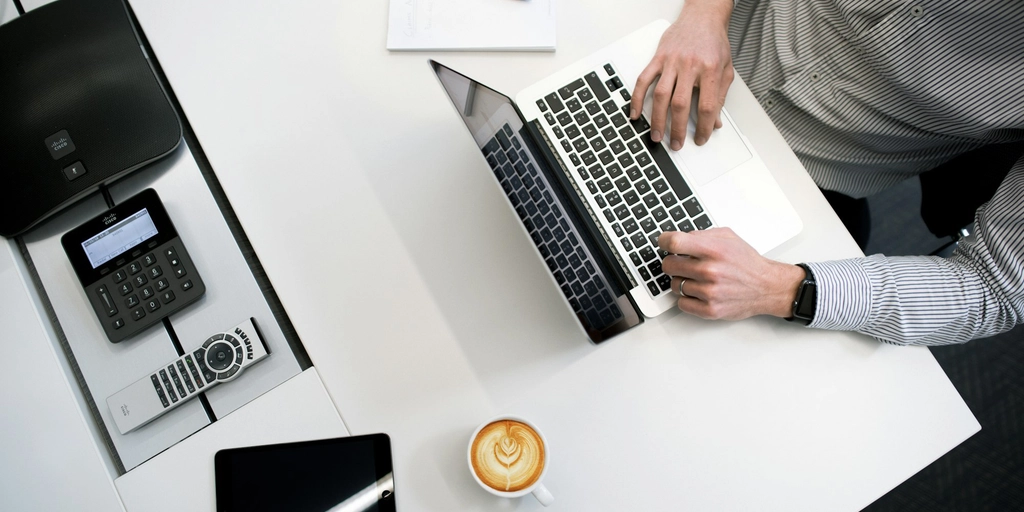
6 email productivity tips for working from home
Remote working could soon become a permanent option for many of us. It does present some challenges though, particularly with email. Here are ways you can overcome them and work more effectively with emails from home.
When you’re physically distant from your colleagues and convenient office systems, email becomes more important to you – both as a means of communication and as an information resource.
You send and receive more of them, and you need to be careful they don’t disrupt your work.
Here are six tips to help you use them effectively when working remotely.
1. Prevent phishing attacks. Work on a VPN
To work effectively, it helps to work securely. If your organisation’s IT department has set you up to work from home, they may have already given you access to a virtual private network (VPN).
A VPN helps protect your business from online threats, including phishing attacks, where criminals try to collect financial and other confidential information from you, typically via emails.
There was a surge of phishing attacks in the UK in the first six months of the pandemic – up 73%, according to the HMRC.
The National Cyber Security Centre (NCSC) has warned that, with employees working remotely on home networks, on their own devices, individuals are more vulnerable to phishing.
So, be extra wary about links in emails, or messages encouraging you to download attachments. Clicking them can take you to dodgy websites which download malware on your computer, or steal your passwords.
A VPN helps stop phishing emails from reaching you.
2. Set specific times for emailing
You’re likely to receive more business emails when working from home than you did at the office. There’s an obvious reason for this. You and your colleagues who used to speak to each other face to face now have to email each other – either that or use video calls.
In 2019, business workers sent and received an average 126 emails per day. During the pandemic, the volume has increased by 10% amongst Cryoserver customers.
According to a study of 3.1 million workers across 21,000 firms, remote working has led to the average workday increasing by 48.5 minutes, partly due to more emails being sent after business hours.
You don’t want emails to take up your whole workday – especially when you’re having to manage your own time at home.
Keep in mind that unless it’s part of your job to answer emails promptly – in customer service, for example – they’re probably not more important than your other tasks.
It’s essential to have clear periods of the day to focus on particular tasks. If you stop work to read and reply to every email as soon as it comes in, you’ll never get any work done.
So, here’s what we recommend:
- Consider turning off notifications
- Designate certain times of the day “email sessions”. Choose two or three times to spend up to one hour reading and replying to them
- Flag your emails to prioritise them, answering those which are urgent and leaving less important ones until a later session
3. Write emails more concisely
To save yourself time writing emails, and your colleagues time reading them, try to use as few words as possible.
- Get to the point right away – a short, relevant subject line helps. If your chain of conversation changes, then change the subject line so that you and your colleagues can quickly identify email in the future
- Try saying what you need to say in two or three sentences
- Write just two or three questions so that you can get a quick response. Try phrasing questions so that they can be answered with either a yes or no
- Avoid filler words and phrases – e.g. “as a matter of fact”, “just to let you know”, “sorry to bother you”
- If you need to include a lot of information, make it easier to read by using bulleted lists like this
- If it’s a long report, write a brief summary at the top
4. Avoid replying to all
Researchers have found “there was a significant increase in the average number of recipients included on emails sent in the post-lockdown period”.
Isn’t this odd? Perhaps more people have to be informed about a particular matter. Or is it just senders thinking these extra people need to be included?
You know what it’s like being constantly cc’d in a conversation that either ceased to be relevant to you several emails ago, or never concerned you in the first place.
It’s disruptive. It wastes your time. It’s the equivalent of spam.
So, be considerate of your colleagues and other business associates. Pause before you hit “Reply All”, and send your email only to those people who need to know what you have to say.
5. Empty your inbox
When you go through your emails – only during your designated sessions, we hope – use the opportunity to either:
- delete messages you’ve read and no longer need
- keep important, ongoing discussions in your inbox
- or move emails into appropriate folders
Clearing emails from your inbox is like decluttering your desk. It’s liberating. You’ll feel better for it.
If your business uses Cryoserver, there will be copies of all your emails and attachments in your archive, so you don’t need to worry about losing messages by deleting them. If you need to go back to certain emails, you can find them in seconds with Cryoserver’s search tool.
6. Take advantage of your email archive
If your organisation has a Cryoserver archive, think of it as an encyclopedia or knowledge base for your business.
Are you unable to get the information or documents you need from colleagues or places where they’re supposed to be stored? You can be pretty certain of finding them in the archive in seconds with our search tool.
Here are some typical challenges you might have working from home, where Cryoserver can help you out:
- You need an email or file from a colleague who’s busy. There’s a copy in the archive.
- A colleague has saved a file on their desktop instead of in your CRM or on a shared server. Chances are, the file is attached to an email you can find in Cryoserver.
- A contact – a customer, for example – has left their company, and you don’t know who to get in touch with there. Find the name and email address of the person most recently contacted there by your organisation, in Cryoserver.
- You didn’t receive a particular email, but you can still gain access to the conversation through the archive – provided you’ve been granted access to emails from certain email addresses.
We hope you find the above tips helpful.
If you’d like to know more about how Cryoserver email archiving can help your business, get in touch.
Read
More

Cloud Computing Predictions For 2020
Cloud computing is big business. In 2018, Statista and CenturyLink valued cloud computing at $180…

GDPR: One Year On
On May 25th 2018, the EU rolled out a new set of data privacy laws under the General Data…

6 Limitations of Office 365
With 120 million business users of Microsoft Office 365 worldwide, the service is trusted by many…

New Zealand Privacy Act 2020
New privacy laws are in force across New Zealand. They affect all organisations, including those…

How Does Email Archiving Help With Disaster Recovery?
In the event of a disaster, every business must keep company operations running and recover quickly…
